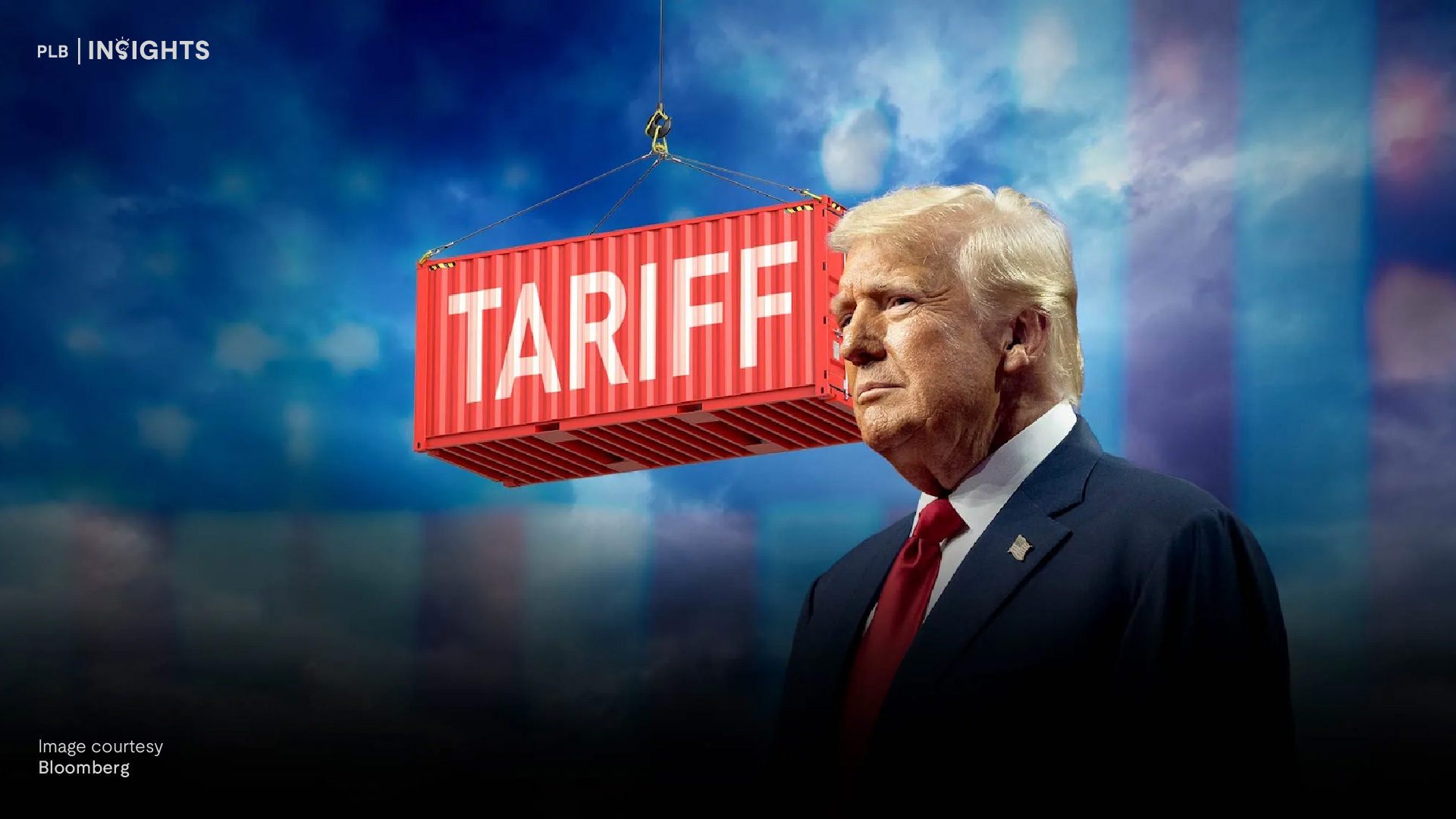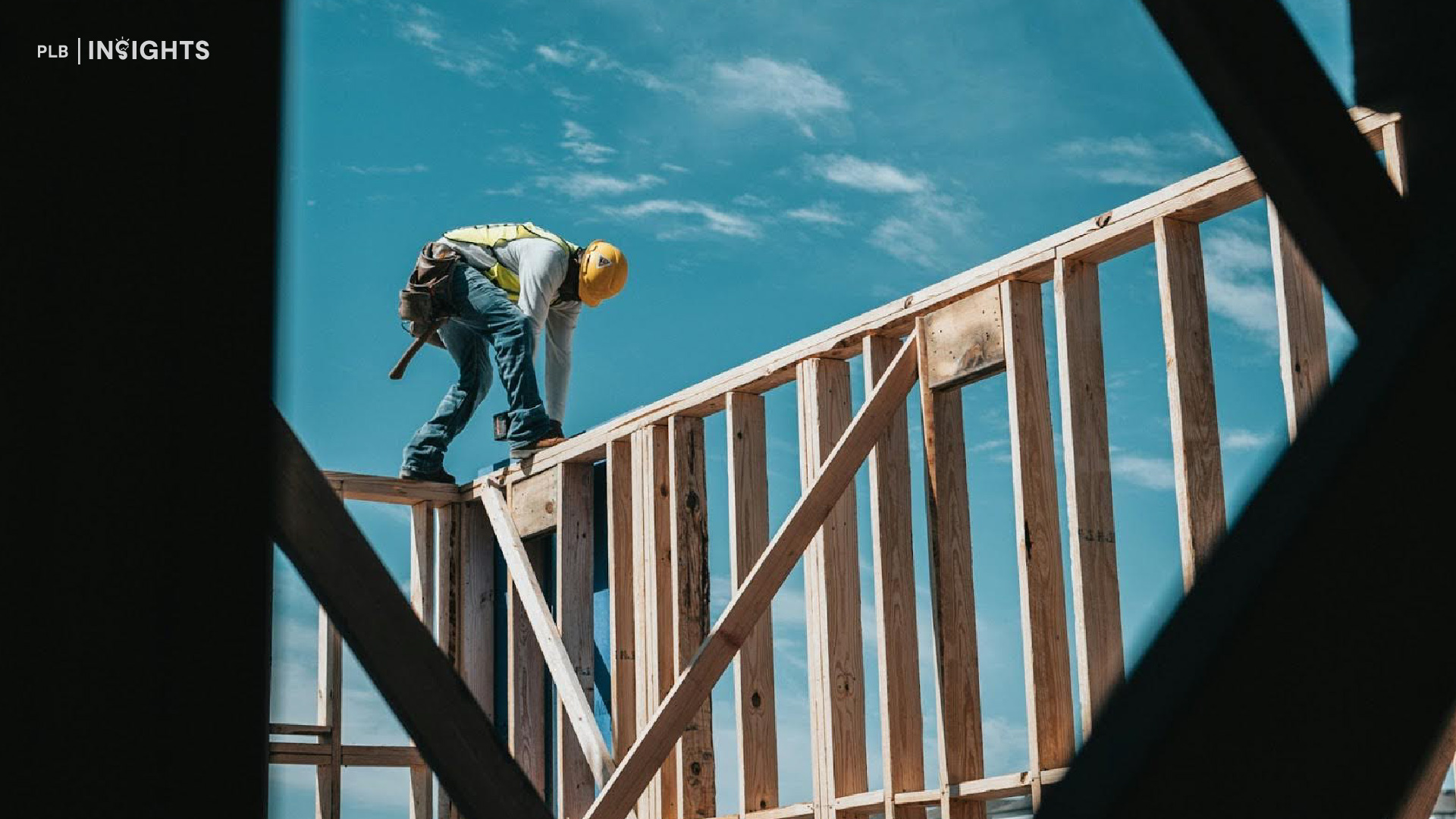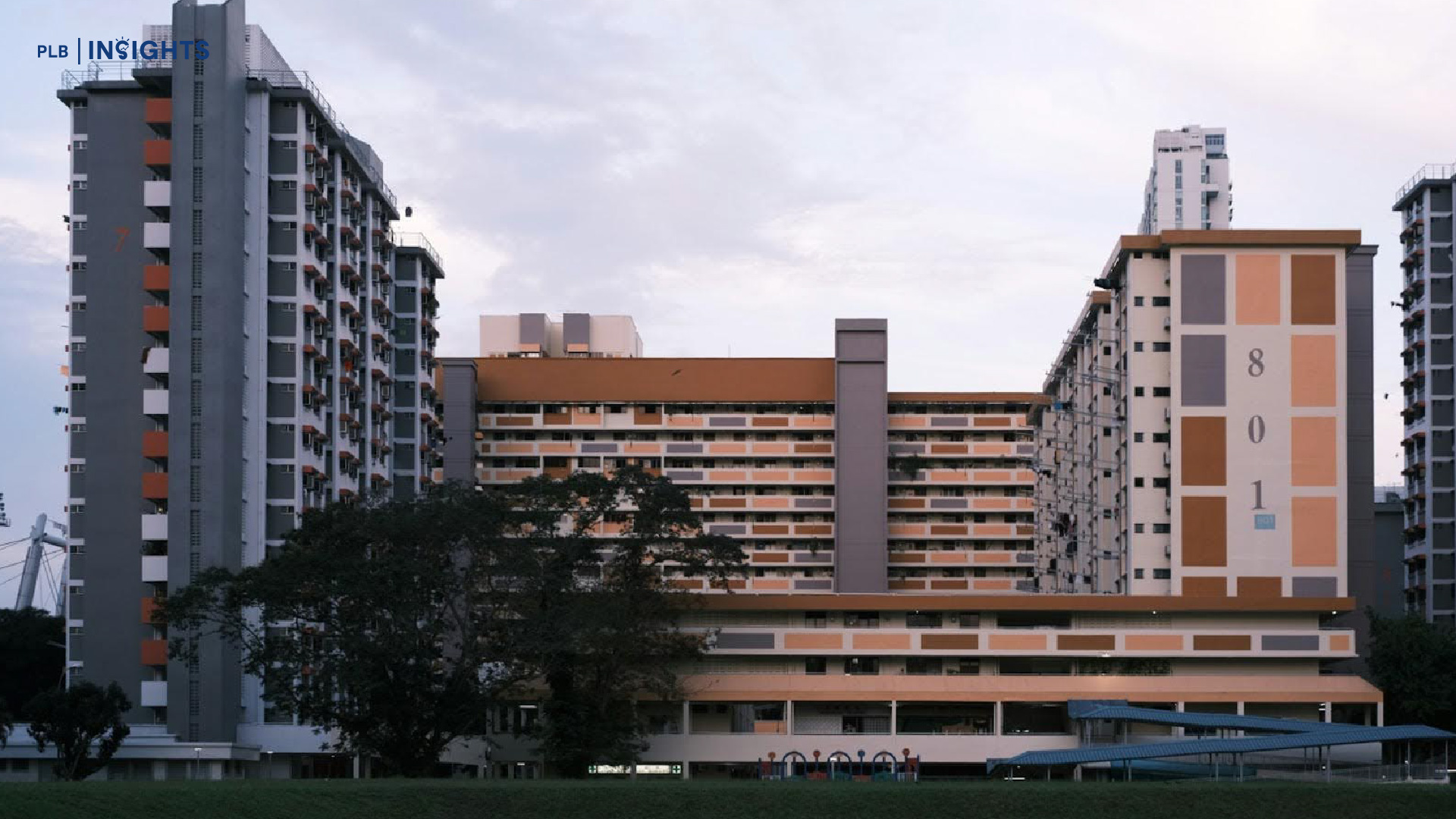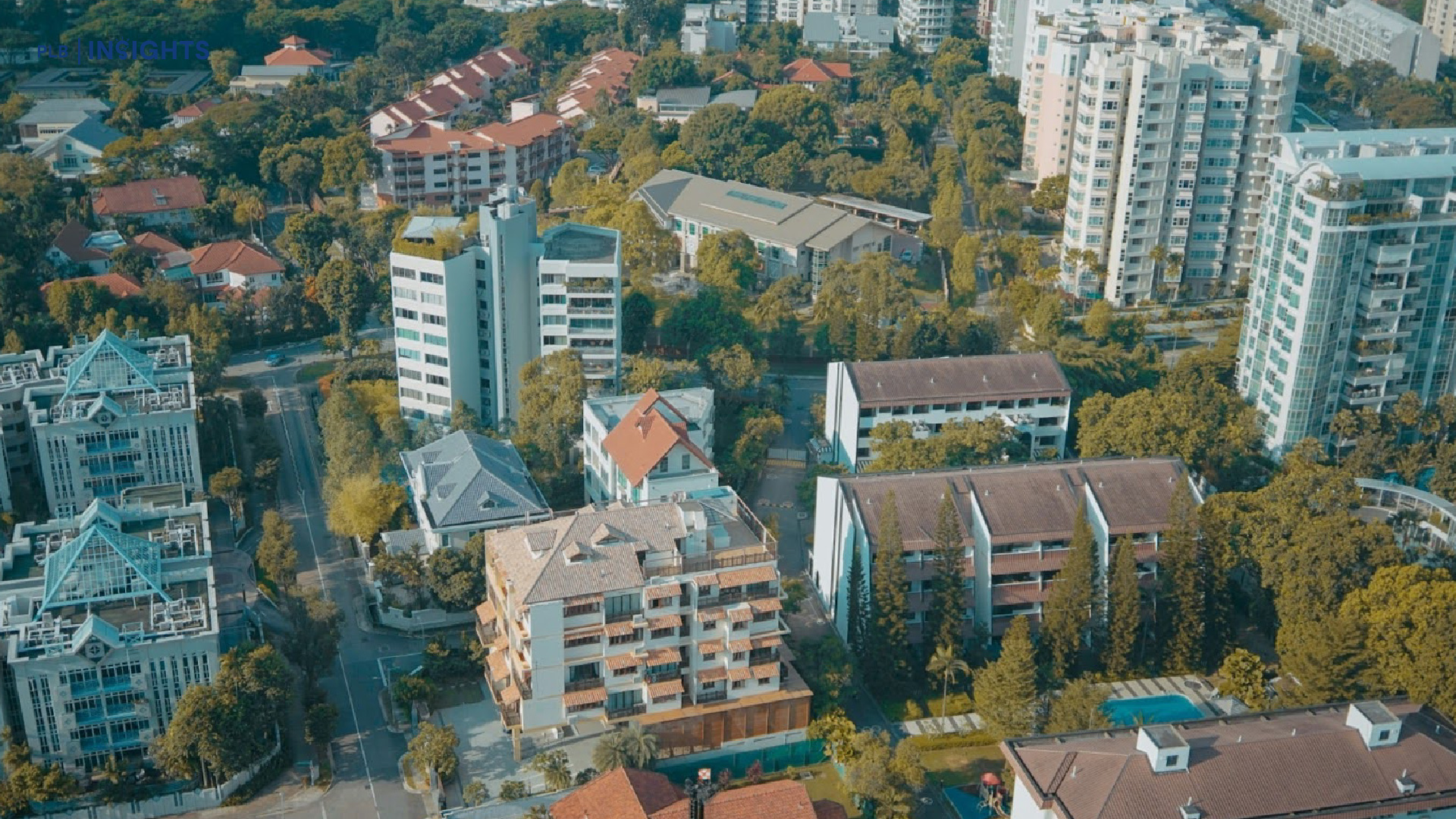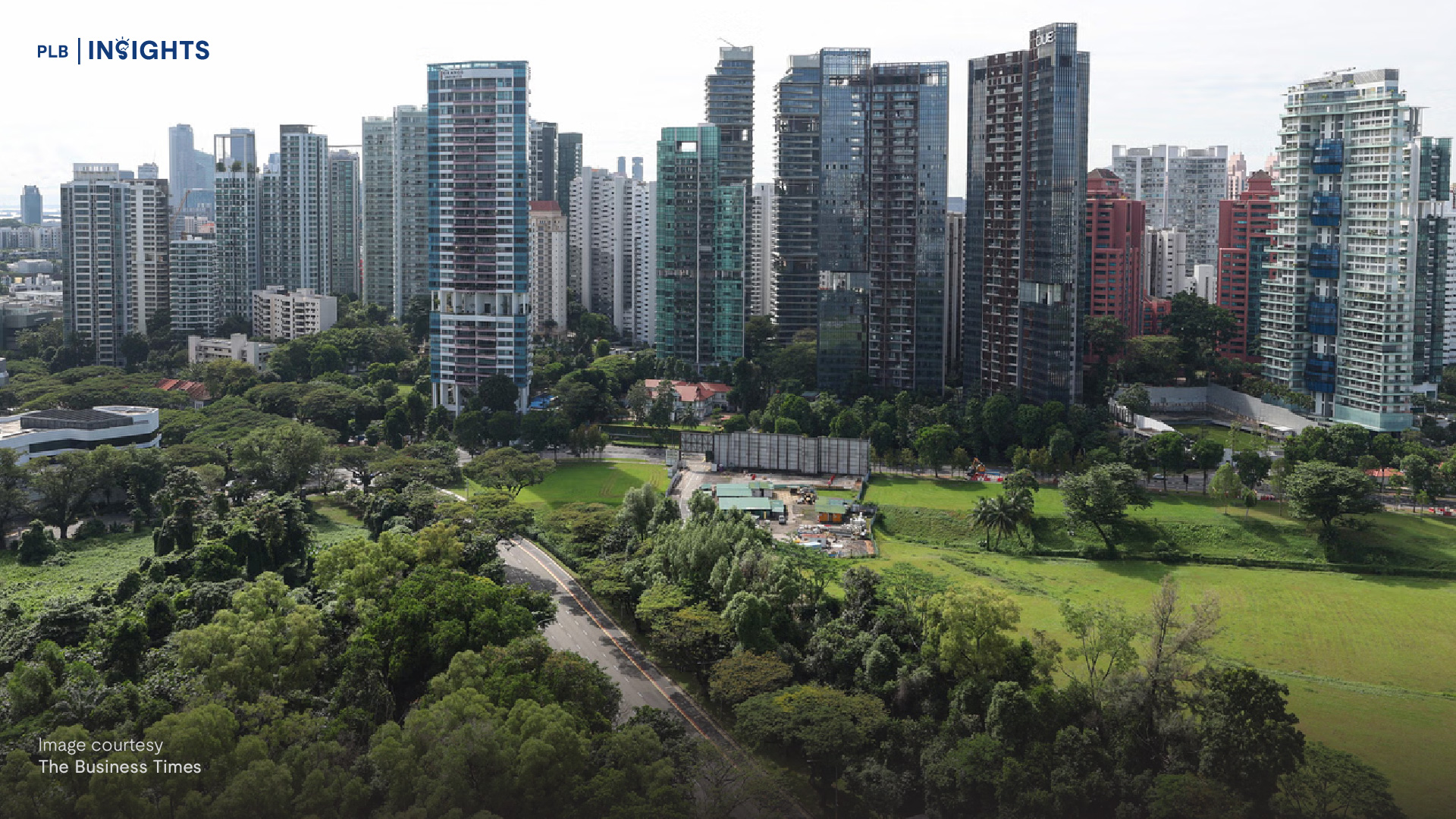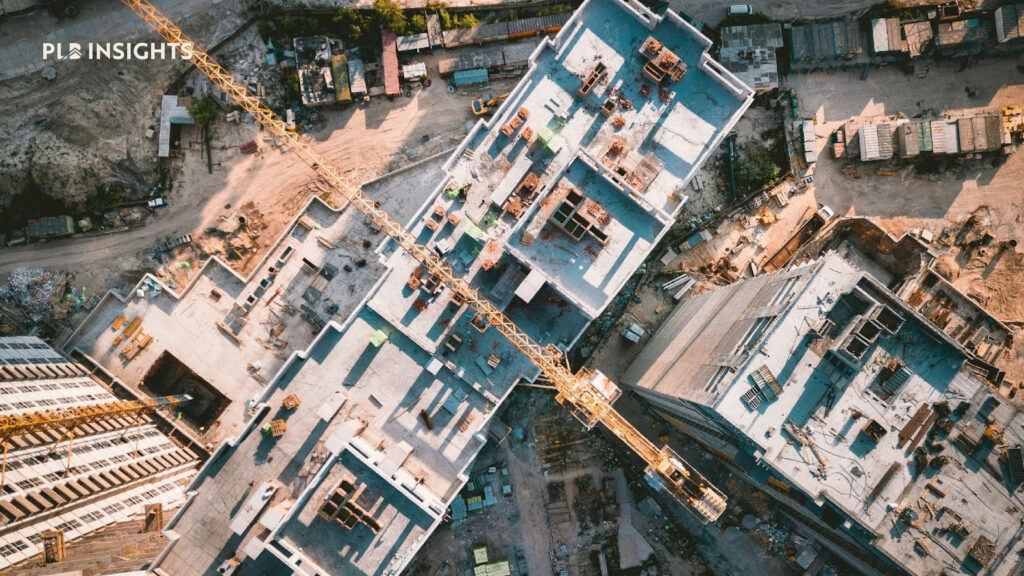
The choice between a resale HDB flat and a Built-To-Order (BTO) flat has always been a dilemma. However, with the new HDB classification framework starting in the second half of 2024, this dilemma intensifies, especially for first-time buyers. While some prioritise the appeal of a brand-new, never-before-occupied home, many others cannot afford to wait 4-5 years for the completion of their new home. As a result, resale HDB flats or private residences become the preferred alternatives for this group.
While it’s premature to precisely forecast future outcomes, this article examines the potential impacts of the new HDB classification framework. Our goal is to inform you about the potential implications of choosing between a resale HDB flat or a new BTO flat, aiding in your decision-making process.
Understanding the Rationale Behind the New HDB Classification Framework
Before exploring the potential implications, let’s briefly address the rationale behind the new HDB classification framework. Introduced during the National Day Rally 2023 speech by Prime Minister Lee Hsien Loong, the framework aims to ensure equitable homeownership opportunities for all Singaporeans and maintain a balanced social mix across the nation’s regions.
The new HDB classification framework, effective from the second half of 2024, will come in three categories for BTO HDB flats: Standard, Plus, and Prime. This replaces the previous classification of ‘mature’ and ‘non-mature’ estates, as rapid developments throughout this island nation blurs these distinctions. Alongside this change come updated rules and eligibility criteria. These measures, in conjunction with existing housing measures, are aimed at ensuring HDB flats remain as homes for Singaporeans rather than vehicles for profit.
Under the new framework, Standard BTO flats will be subjected to the current rules and criteria and will form the majority of supply across Singapore. These flats are typically located outside the central region or in less sought-after areas. Plus flats, situated near MRT stations and town centres but not in the central region, and Prime flats, located in the central areas that are currently offered under the Prime Location Housing (PLH) model, will both face stringent regulations. These include a 10-year Minimum Occupation Period (MOP) and restrictions on renting out the entire unit, even after completing the MOP. Resale buyers of Plus and Prime flats will also face a 10-year MOP and an income ceiling of $14,000 for both families and singles. Downgraders from private property must wait 30 months after selling before applying for Plus or Prime BTO flats. Moreover, owners will be subject to subsidy clawback upon selling their flat.
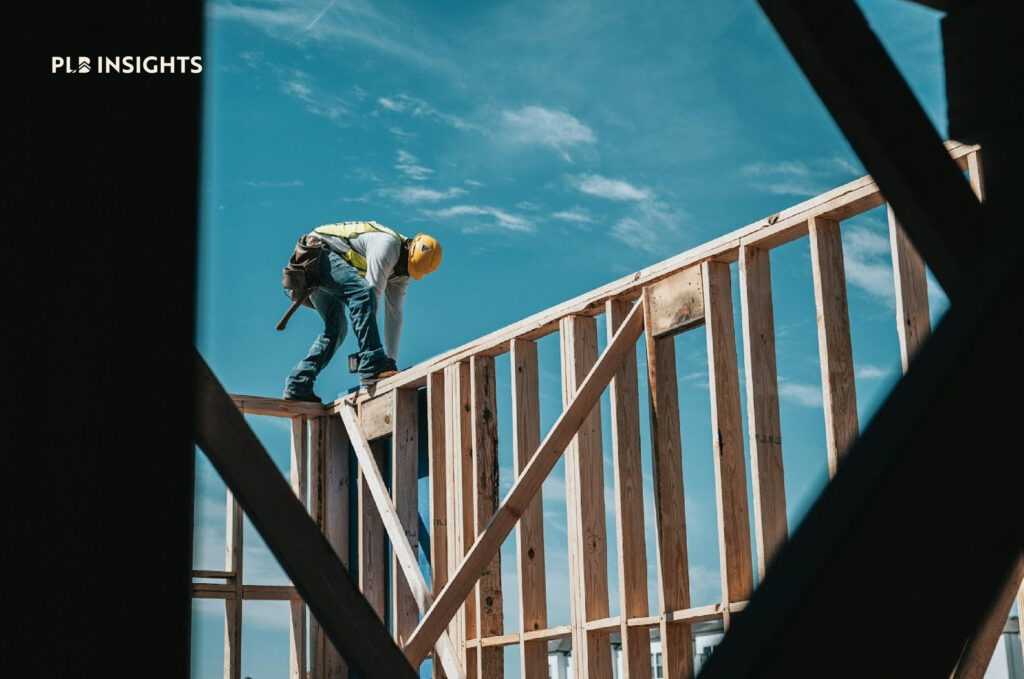
Anticipating the Impact of the New HDB Classification Framework
Upgrading from an HDB flat to a private property is a common aspiration among Singaporeans, often seen as a sign of improved financial standing. Drawing from the common real estate trajectory in Singapore, two distinct outcomes are foreseeable.
One likely scenario is a surge in demand for Standard flats, surpassing that for Plus and Prime flats. This anticipation stems from concerns that the restrictions accompanying Plus and Prime flats, along with the lengthy 10-year Minimum Occupation Period (MOP), may make it challenging to find a substantial market when homeowners decide to upgrade. The MOP period could also pose a hurdle in aligning life stages with long-term goals, further complicating the search for potential buyers. If this scenario unfolds, we may witness a surge in Standard flat prices, surpassing those of Plus and Prime flats, presenting its own set of challenges.
The second plausible scenario involves a major shift towards existing resale HDBs to circumvent the stringent rules associated with Plus and Prime flats. As demand for resale HDB flats rises, prices may follow, potentially necessitating additional housing measures to address this trend.
The lacklustre interest shown in BTO flats in Queenstown and Bukit Merah, both under the PLH model, during the December BTO sales exercise last year may foreshadow the reception of Plus and Prime flats under the new framework. However, this subdued interest could partly be attributed to stricter rules implemented for applicants who decline unit offers, effective since the October exercise. This includes a rule starting from October 2023, that bars applicants from applying for flats in subsequent exercises until after their booking appointment if their queue position falls within the flat’s supply. This rule may have helped to better gauge the actual demand for BTO flats.
Resale HDB vs BTO: Which to Choose?
Now that we’ve explored the implications of the new HDB classification framework, let’s highlight key factors to consider when deciding between a resale or BTO unit. This decision is complex and varies for each buyer. While there’s no one-size-fits-all solution, certain considerations can help guide your choice.
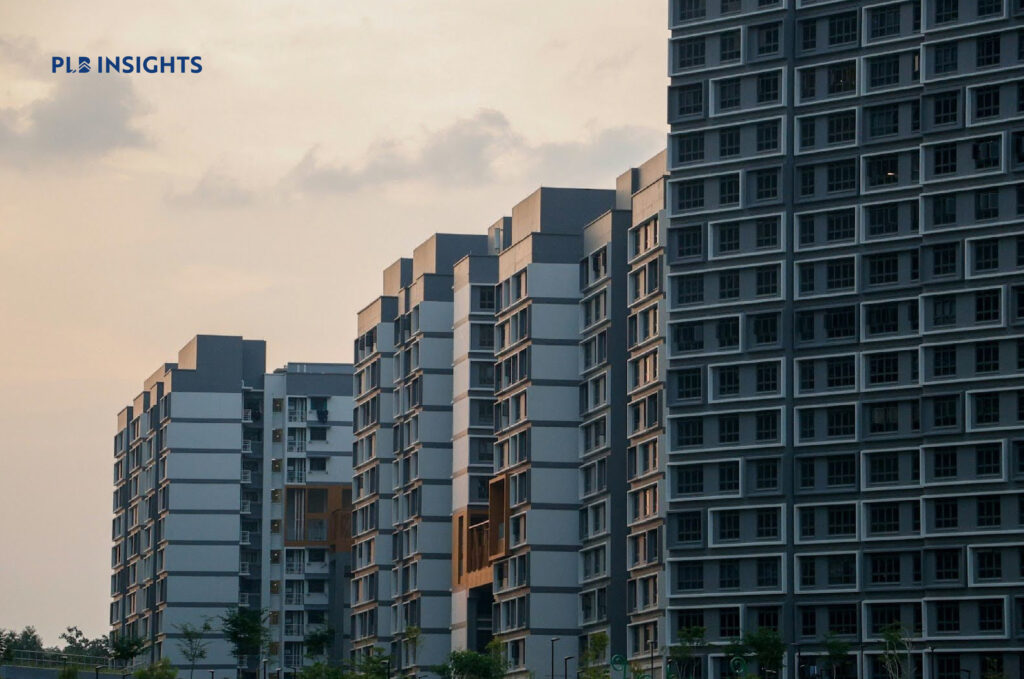
Price and Affordability:
- Resale HDB: Resale flats may have a higher initial cost compared to BTO flats due to market factors and location, which can impact pricing. Buyers may need to prepare for a larger down payment.
- BTO: The initial cost of purchasing a BTO flat is generally lower compared to resale flats, making it a more financially viable option for buyers with limited budgets.
Customisation and Condition:
- Resale HDB: Resale flats are available in various designs and conditions, allowing buyers to choose based on their preferences and needs. However, renovation costs should be factored into the overall budget, as older flats may require more extensive renovations.
- BTO: BTO flats are brand new and come in standardised layouts. While there’s less customisation, buyers benefit from modern fittings and fixtures without the need for immediate renovation.
Waiting Time and Availability:
- Resale HDB: Resale flats are readily available for immediate occupancy, with little waiting time involved. However, finding the right unit in a preferred location may take time, especially in high-demand areas.
- BTO: BTO flats require a waiting period of around 4-5 years from application to key collection. However, the government has been working to reduce wait times to an average of 3 years for recent BTO launches. While there’s a longer wait, buyers have the advantage of securing a brand new home in a desired location.
Resale Restrictions and Regulations:
- Resale HDB: Existing resale flats and Standard flats are subject to fewer eligibility criteria compared to BTO flats. However, buyers must adhere to regulations such as the Ethnic Integration Policy (EIP) and the Singapore Permanent Resident (SPR) quota when purchasing resale flats in certain estates.
- BTO: BTO flats come with specific eligibility criteria, including citizenship, income ceiling, and family nucleus requirements. Buyers must also fulfil the Minimum Occupation Period (MOP) before selling or fully renting out the flat.
In Conclusion
The choice between a resale HDB flat and a Built-To-Order (BTO) flat presents a significant decision-making challenge for first-time buyers in Singapore. This dilemma is further intensified by the introduction of the new HDB classification framework, which aims to reshape the housing landscape and ensure equitable homeownership opportunities.
As we’ve explored, the implications of this framework are multifaceted, with potential scenarios ranging from increased demand for Standard flats to a shift towards existing resale HDBs.
In navigating this decision, it’s essential to consider various factors, including price and affordability, customisation and condition, waiting time and availability, and resale restrictions and regulations. Each option presents its own set of advantages and challenges, and there’s no one-size-fits-all solution. Ultimately, buyers must weigh their priorities, financial considerations, and long-term goals to make an informed choice that aligns with their needs and preferences.
If you are looking for guidance in your real estate journey, feel free to reach out to us. We will be glad to guide you through the process and offer a tailored consultation to help you reach an informed decision.
Thank you for reading and following PLB. Do stay tuned as we bring you more updates and insights on Singapore’s real estate market.
Any burning questions?
Consult PropertyLimBrothers



